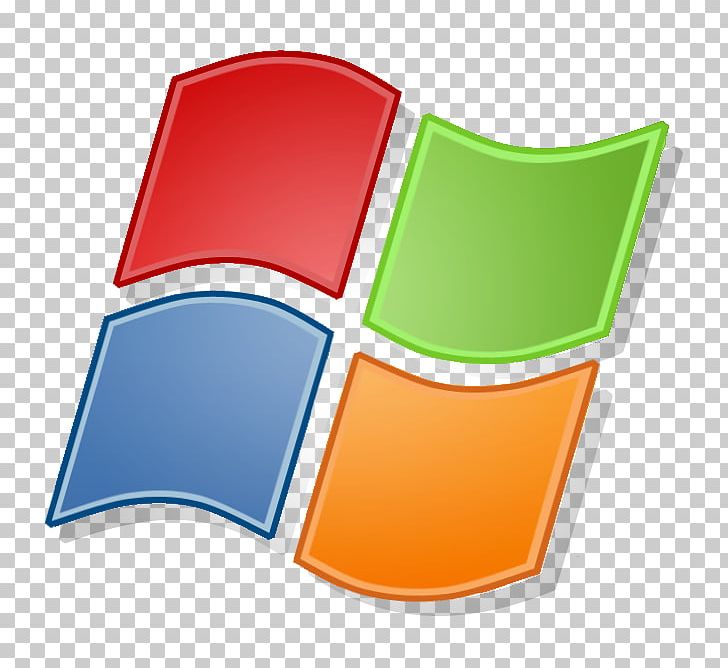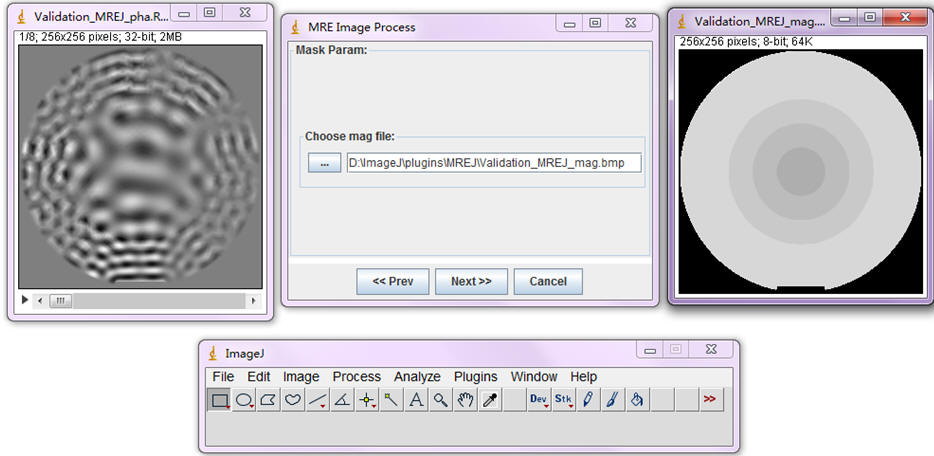

- IMAGEJ FOR WINDOWS MANUAL
- IMAGEJ FOR WINDOWS PRO
- IMAGEJ FOR WINDOWS SOFTWARE
- IMAGEJ FOR WINDOWS FREE
For the soft-agar assay, the formula commonly employed is A = πRr, where π = 3.14, and R and r are the longest and the shortest radii, respectively, of the colonies thus, the researcher must measure the diameter of each colony ( 21).
IMAGEJ FOR WINDOWS MANUAL
Moreover, the flexibility of the ImageJ language allows for multiple plugins and macros to be created for a variety of tasks, facilitating statistical calculations ( 16).Ĭurrently, analyses of cell migration are most frequently performed by manual tracing of two parallel lines bordering the edges of the regions without cells, by outlining the borders of the wound ( 17), or by using the sizes of straight lines connecting the borders of the wounds ( 18–20).
IMAGEJ FOR WINDOWS FREE
We used ImageJ since it is a free and open-source application for the processing of multidimensional images ( 16). Here, we present two algorithms built using the ImageJ programming language (National Institutes of Health) to facilitate automated analyses of images from cell migration (WH_NJ algorithm) and anchorage-independent growth in soft-agar (SA_NJ algorithm) assays. We present two independent algorithms, coded using the ImageJ macro language (IJM), that speed up and eliminate bias in the analysis of phase contrast optic microscopy images obtained during wound-healing and soft-agar assays. Thus, there is a need for new automated computational algorithms that perform unbiased, user-friendly analyses of high-throughput data and simplify data processing while guaranteeing robustness and reproducibility of the results at a reasonable cost.
IMAGEJ FOR WINDOWS SOFTWARE
Moreover, currently available software applications are not always user-friendly or may be too expensive for many researchers. However, the ever-increasing amount of biological images obtained from different experiments has required the further development of tools for processing images able to meet the needs of different tests.
IMAGEJ FOR WINDOWS PRO
Indeed, several computational tools have been developed to process biological images, such as Matlab (MathWorks, Inc.) ( 12), Image Pro Plus (Media Cybernetics) ( 13), TScratch (CSElab) ( 14), ColonyArea ( 15), and other custom-made algorithms for specific tasks. In recent years, biological imaging techniques have become increasingly sophisticated and accessible, creating a demand for computational tools capable of processing and analyzing the enormous amount of data generated ( 11).

Both techniques generate results using microscopy and image processing, in which the morphology of migrating or colony-forming cells is examined in response to specific agents.

These assays have the potential to provide insights on the effects that drugs may have on the morphological characteristics of tumor cells. The second assay, on the other hand, is one of the tests that most clearly show the malignant transformation of cells, and it is based in the concept that transformed non-neoplastic cells and tumor cells are able to survive, grow, and form colonies in the absence of anchorage (such as to the extracellular matrix in tissues) or contact with neighboring cells ( 10). The first assay evaluates the effects of selected drugs on cell migration, which is a central feature of tumor metastasis ( 6, 7) that allows neoplastic cells to invade the surrounding blood and lymphatic vessels and spread to other organs ( 8, 9). The wound-healing assay and the evaluation of anchorage-independent growth in soft-agar are two classic techniques used for screening antitumor drugs ( 4, 5). Several experimental in vitro methods are currently available to evaluate the effects of drugs on the morphological and physiological characteristics of cancer cells ( 3). For instance, microscopy is an important tool for analyzing changes in cell morphology in response to specific agents, but the amount of data generated by automated techniques greatly exceeds manual processing capacity ( 2). The development of computerized methods for large-scale analyses of imaging data are currently needed to fill the gap between the acquisition of hundreds of images by increasingly fast and efficient automated techniques and the subjective evaluation of those images by researchers ( 1).


 0 kommentar(er)
0 kommentar(er)
